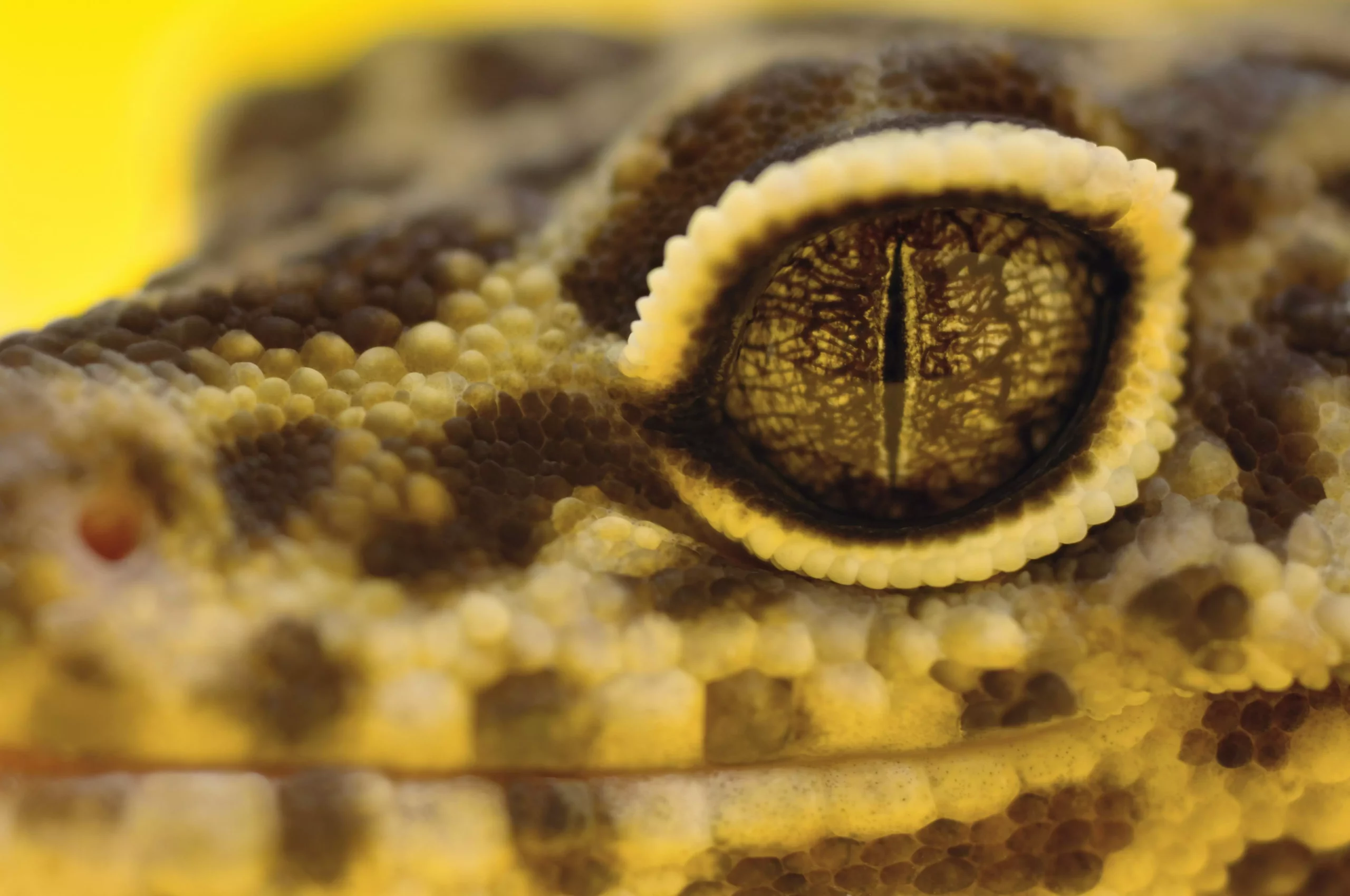Leopard geckos are captivating reptiles, known for their vibrant colors and distinctive behaviors. However, these exotic pets can experience various eye problems that may significantly impact their health and well-being. To ensure that your leopard gecko leads a healthy life, it’s crucial to understand the common eye ailments they face and, more importantly, learn how to prevent them. With proper care and environmental considerations, many eye-related issues can be effectively avoided.
One of the most striking features of leopard geckos is their large, expressive eyes. This anatomical characteristic, although endearing, renders them susceptible to a variety of eye problems. Their eyes, proportionately larger compared to their heads, increase the likelihood of foreign bodies entering the eye socket. This could occur from common substrates or decor within their habitat, highlighting the importance of choosing safe materials. The risk of eye injuries is compounded by environmental factors, so understanding their needs is vital for any reptile owner.
Leopard geckos can develop several eye conditions, often caused by habitat neglect or injury. Eye infections, ulcers, and abscesses are prevalent issues that can arise from inadequate care. For instance, an unclean living space can lead to bacterial growth, resulting in conditions such as conjunctivitis, commonly referred to as pink eye. This inflammation can stem from dirty water sources, contaminated bedding, or improper humidity levels, which can cause eyelids to become sticky, complicating the shedding process.
Foreign bodies, ranging from substrate particles to food remnants, can also lodge in the eye, leading to more severe conditions if not addressed quickly. An animal may show signs of distress, leading to additional damage or infection. Furthermore, the threat of eye ulcers looms large; these painful conditions occur when the cornea sustains damage, displaying symptoms like squinting or excessive licking by the gecko attempting to soothe the irritation.
Being vigilant about your leopard gecko’s health is crucial. Early detection of eye problems can lead to more effective treatment and better outcomes. Symptoms may include squinting, excessive tears, swelling around the eyes, or reluctance to open one eye. A visible bump under the eye could indicate an abscess, requiring prompt veterinary care. If you notice any abnormalities in your pet’s eyes, it’s imperative to consult an exotic veterinarian, who is trained to address such issues.
Preventing eye issues in leopard geckos starts with creating an optimal environment. Maintaining cleanliness within their enclosure is paramount; this means routinely changing substrates and ensuring water sources are fresh and free from contaminants. The choice of substrate can also significantly impact your pet’s eye safety. Avoid substances such as gravel or sand, which can lead to eye injuries. Instead, opt for safe alternatives like reptile carpet or paper towels, which eliminate the risk of foreign body incidents while also being easy to clean.
Humidity control is critical as well. An appropriate level of humidity helps facilitate shedding, which is essential for keeping the eyes healthy. You might consider providing a humidity hide—this can offer your gecko a reprieve during their shedding cycles. Ensuring that humidity remains consistent will help prevent shedding complications that might lead to retained eyelid linings.
Additionally, a balanced diet plays a crucial role in overall health, including eye health. Offer a varied diet rich in nutrients and consider consulting with your exotic vet regarding vitamin supplements. Nutritional deficiencies can lead to shedding difficulties, contributing to potential eye problems.
When faced with an eye issue, professional veterinary care is paramount. Attempting to treat severe conditions on your own can lead to further complications or long-term damage. For example, foreign bodies shouldn’t be removed without the guidance of a vet; they have the expertise to employ proper techniques and tools to minimize stress and injury. Treatments may include medicated eye drops or even procedures for draining abscesses.
In severe cases, such as proptosis—when the eye has fallen from the orbit—medical intervention is necessary, often leading to the removal of the eye altogether. By fostering a relationship with an exotic veterinarian, you’ll enhance your pet’s chances of receiving timely and effective care when needed.
Owning a leopard gecko can be a rewarding experience, but it is crucial to stay informed about the potential ocular health issues they may encounter. By adopting good husbandry practices, maintaining a clean and stable environment, and monitoring their health closely, you can prevent many eye problems and ensure your gecko thrives in a healthy habitat. The love and attention you devote to their care will reflect in their happiness and quality of life. Understanding the warning signs and knowing when to reach out for professional assistance are key components of responsible gecko ownership.

